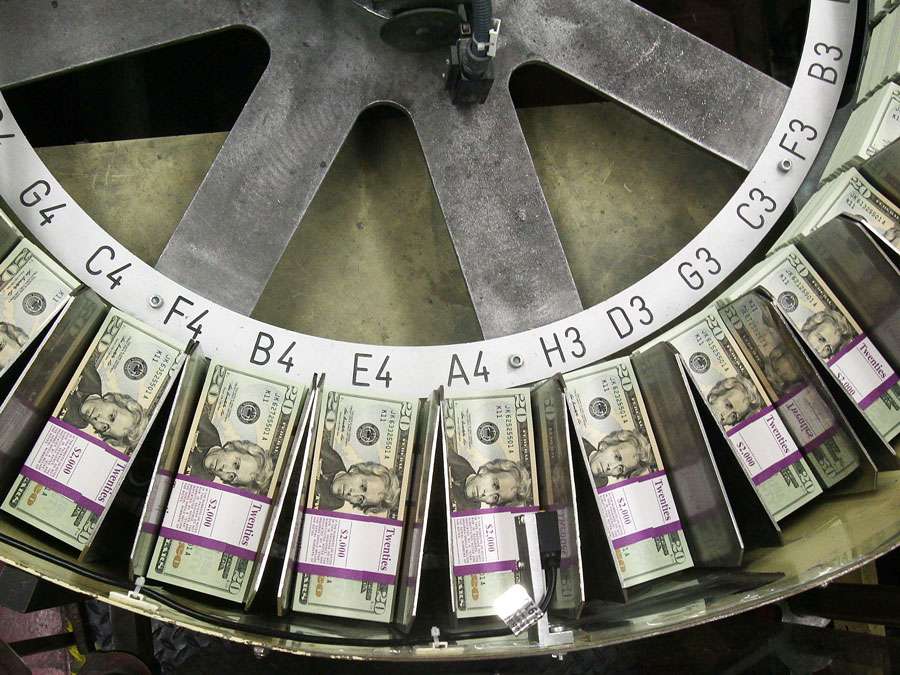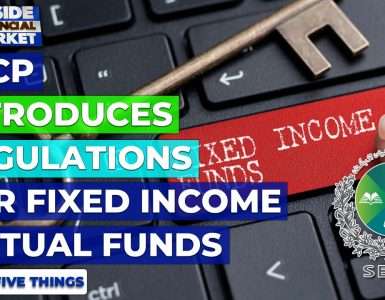Treasuries rallied while the dollar tumbled and stocks fluctuated after the Federal Reserve opted to hold interest rates steady.
The yield on 10-year Treasury notes sank seven basis points to 2.22 percent, while the Bloomberg Dollar Spot Index tumbled 0.4 percent a 2:08 p.m. in New York. The Standard & Poor’s 500 Index swung between gains and losses as the decision to hold fueled debate on the strength of the American economy.
The decision to stand pat keeps a pillar of the bull market in place, as record-low borrowing costs have helped propel stocks higher by nearly 200 percent in the past 6 1/2 years.
At 5.1 percent, U.S. unemployment is the lowest in seven years and housing sales are rebounding, giving ample evidence that the economy is finding firmer footing. But inflation has remained below the objective of Fed policy makers amid a 51 percent plunge in energy costs over the past 12 months and a rising dollar.
The argument against tightening got a boost from concern that, with central banks from Asia to Europe considering adding stimulus, any Fed move would have fueled a rally in the greenback. A stronger dollar may crimp profits at exporters at a time when analysts forecast earnings at S&P 500 companies will fall in the final two quarters of 2015.
The decision to keep rates near zero wasn’t a surprise given the weakness on U.S. equity markets. In four tightenings since 1990, including the tapering of bond purchases announced in 2013, the S&P 500 had posted positive returns over the prior three and six month periods, and was within 3 percent of the gauge’s 52-week high, according to a Bank of America Corp. report.
Thursday’s rate decision is being received in a market where the role of computers has grown drastically since the last time the Fed raised rates. With high-frequency firms accounting for about half of trading in the U.S., daily volume has tripled since the early 2000s and now regularly tops 6 billion shares.
The market has whipsawed since China’s shock devaluation of its currency on Aug. 11, a move that sent the S&P 500 to its first 10 percent decline since 2011. The Fed has never started tightening within a month of a correction.
Market anxiety has been elevated amid concern that higher U.S. rates could rattle emerging markets and threaten global growth. Price swings on the S&P 500 have widened to 1.5 percent a day in the past month, compared with 0.6 percent this year through July.
The Chicago Board Options Volatility Index endured its biggest weekly gain on record in August, and has closed above 20 for 18 straight sessions, the longest stretch since June 2012.









